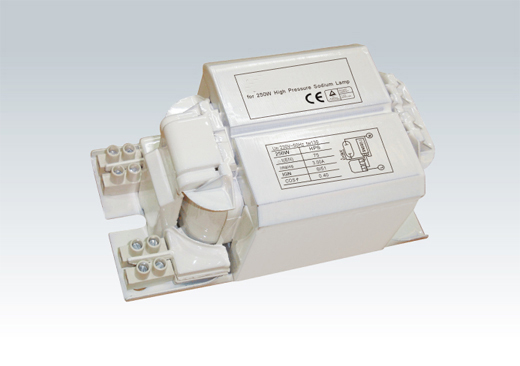BALLASTS FOR HID LIGHTING
2014-03-06 13:47:15
HID lamps require supplemental electromagnetic and/or electronic circuitry (normally called a “HID ballast”) to start and stabilize
the arc discharge and to condition the external power supply to the lamp's specific electrical requirements.
A ballast is a device designed to regulate the voltage within an electrical circuit. This page addresses only ballasts used in circuits containing electric gas-discharge lamps. Examples of gas-discharge light sources include neon and fluorescent lights and high-intensity discharge (HID) lamps.
The ballast is designed to provide high initial voltage to start the lamp, then decrease voltage quickly to a stable operating level. Ballasts may contain a variety of hazardous materials and must be handled and disposed accordingly. Ballasts of any type should, and in some cases are required to be, recycled.The selection of a ballast type depends on where it is to be used. Mercury and metal halide lamps change little in operating characteristics over life and ballast operation remains fairly constant. But HPS lamps change operating characteristics dynamically over life. Following is an explanation of general operating characteristics of
HPS ballasts followed by a tabular listing of typical electrical data of different ballast wattages and types for all three HID lamps.
